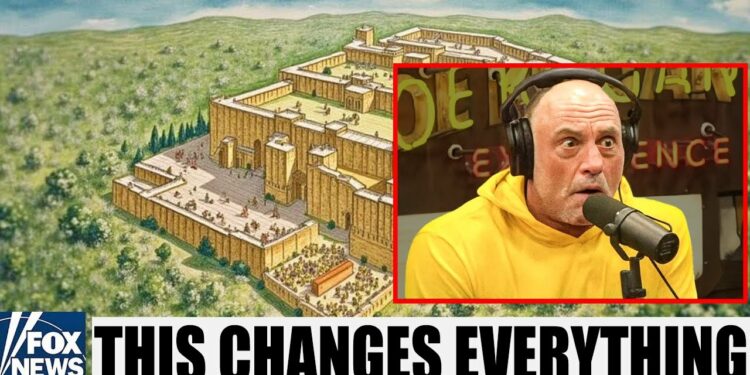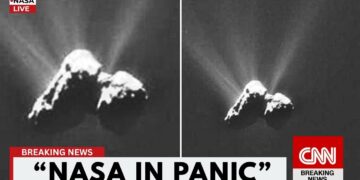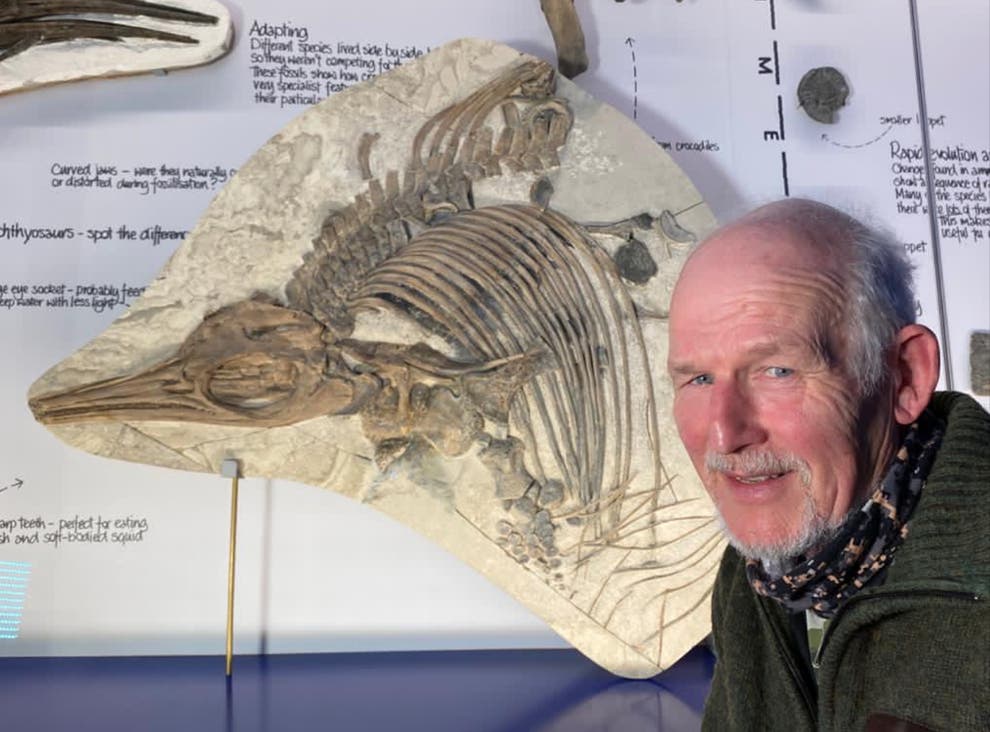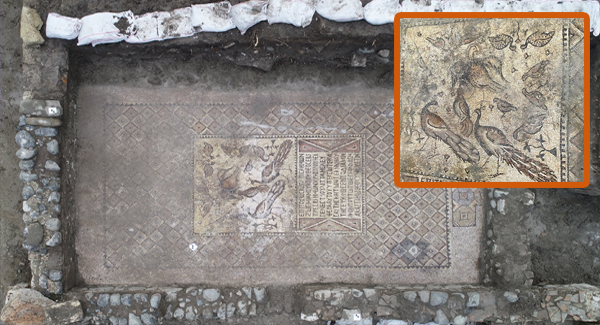The Temple Mount in Jerusalem, a 35-acre platform steeped in thousands of years of biblical and prophetic significance, has never been fully excavated. For centuries, it has stood as one of the holiest and most contested sites on Earth, revered by Jews, Muslims, and Christians alike. Yet, an unauthorized construction project in the late 1990s inadvertently opened the door to discoveries that could rewrite history, religion, and science. Kept under wraps for months, what researchers found beneath the Mount’s foundations is nothing short of astonishing—evidence that not only confirms ancient writings but challenges our understanding of the past in ways that leave you speechless.
The Sacred Ground: A History of the Temple Mount
Rising from the hills of Jerusalem’s Old City like a crown of stone, the Temple Mount—known in Hebrew as Har Habayit and in Arabic as Haram al-Sharif—is a place of unparalleled spiritual and historical weight. For Jews, it is the holiest site, where King Solomon built the First Temple nearly 3,000 years ago, believed to house the Ark of the Covenant and the divine presence of God, or Shekhinah. After its destruction by the Babylonians, the Second Temple rose, only to be razed by the Romans in 70 CE. For Muslims, it is the Noble Sanctuary, home to the Dome of the Rock, built in the 7th century, marking the spot of the Prophet Muhammad’s ascent to heaven. It was once the first qibla, or direction of prayer, for early Islam. For Christians, it is sacred as the backdrop to Jesus’ life, where he overturned tables in the temple courts, demanding a house of prayer.
Empires have left their mark on the Mount—Persians, Greeks, Romans, Byzantines, Umayyads, Crusaders, Ottomans, and British—each reshaping its walls and purpose. Yet, one belief endures: this is where heaven and earth meet, anchored by the Shekhinah, God’s indwelling spirit, said to rest in the Holy of Holies. Despite its significance, the Mount’s subsurface remains largely unexplored due to religious and political tensions. Only small, often unauthorized projects have offered glimpses below, hinting that ancient secrets lie buried beneath centuries of war and worship.
The Forbidden Ground: Why Excavation Is Rare
Unlike most ancient sites, digging beneath the Temple Mount is fraught with complexity. It is the heart of three global religions, where a single shovel could spark global outrage. In the 1800s, British engineer Charles Warren explored its hidden layers, finding chambers, water channels, and voids that fueled curiosity about what else lies below. But his work led to religious backlash, halting further exploration. Jewish law forbids entering the Holy of Holies unknowingly, while the Islamic Waqf, which controls the site, fiercely protects its sanctity as home to the Dome of the Rock and Al-Aqsa Mosque. The fragile arrangement between Israel and the Waqf makes excavation a diplomatic minefield. As one archaeologist noted, “Digging here isn’t just about history—it’s about war and peace.”
In the late 1990s, an unauthorized construction project disrupted this delicate balance. Hundreds of truckloads of earth were removed from the Mount and dumped in the Kidron Valley without oversight, scattering thousands of years of potential history. Most would have ignored the discarded soil, but Israeli archaeologists saw an opportunity. In 2004, they launched the Temple Mount Sifting Project, a meticulous effort to comb through the debris by hand. Over time, volunteers uncovered over 500,000 artifacts—coins from Herod’s time, Crusader arrowheads, Islamic jewelry—revealing a cross-section of 3,000 years of human activity. Among these were signs of something older and sacred, tied to ritual purity and worship, particularly from the First Temple period, long dismissed by some as legend.
Treasures in the Dust: Relics of a Holy Age
The Sifting Project transformed discarded rubble into a window into ancient worship. Pottery fragments from the 8th century BCE, oil lamps, charred animal bones, and ceremonial vessels emerged, but the most striking find was a clay bulla, a seal impression used for official scrolls. Under magnification, its Paleo-Hebrew inscription read, “Gaeliyahu, son of Immer,” a name tied to a priestly family mentioned in the Book of Jeremiah. More bullae followed, bearing names, titles, and symbols like menorahs and temple gates, aligning with biblical records. A carved ivory comb, etched with one of the earliest Canaanite sentences, hinted at ritual purity, while a bronze incense shovel and jewelry suggested temple activity disrupted by war or exile.
These artifacts weren’t random—they pointed to a priestly bureaucracy from the First Temple period. Their specificity, aligning with descriptions of ritual duties and holy practices, challenged claims that no clear proof of Solomon’s Temple existed. The distribution of finds suggested they came from a specific area, possibly a collapsed or hidden section of the Mount, hinting at sealed chambers and forgotten passageways waiting to be explored.
Secret Chambers: A Glimpse Below
Between 2021 and 2024, researchers used cutting-edge technology and old British Mandate-era maps to probe the Mount’s southern edge near the Western Wall. Ground-penetrating radar, similar to that used in Egypt’s pyramids, revealed irregularities—sealed subterranean chambers beneath centuries of construction. These matched corridors and voids described in early 1900s maps by British officers. Excavation in the nearby Western Wall tunnels uncovered a buried limestone staircase leading to an antechamber with Byzantine-era carvings of crosses and inscriptions, likely a 4th- or 5th-century Christian worship site. Beneath it lay an older foundation of massive, precisely cut ashlar blocks, mirroring First Temple engineering seen at Solomon’s Gate in Megiddo.
A half-collapsed secondary staircase, intentionally blocked by human hands, led deeper into sealed rock, suggesting someone long ago hid this space deliberately. Its location and style pointed to the inner sanctuary or a pathway to it, raising questions about what was being protected or concealed.
A Water System That Shouldn’t Exist
Further surveys revealed a sophisticated network of cisterns, channels, and aqueducts carved into the bedrock, lined with waterproof plaster and dating to the 8th–9th century BCE. This hydrological system, designed to control water flow and store large quantities in a dry region, showed advanced engineering. Narrow tunnels prevented stagnation, while overflow ducts ensured supply without flooding. Aligned with biblical descriptions in the Book of Chronicles, one large basin, filled with ash and organic residue, sat beneath the presumed altar of sacrifice, likely used for priestly rituals like handwashing or offerings. This wasn’t just infrastructure—it was sacred engineering, revealing a level of spiritual and logistical precision previously underestimated.
The Inscriptions That Changed Everything
Deep beneath the Mount’s southern edge, past the water channels and priestly chambers, researchers found a sealed stone threshold. Behind it was a small chamber, its walls cut into bedrock, containing a shallow stone basin surrounded by burned incense, offerings, and clay lamps from the First Temple period. The basin bore a Paleo-Hebrew inscription: “He who dwells here, his spirit never leaves.” These words, echoing biblical descriptions of the Holy of Holies—where the Shekhinah rested—stunned the team. The lamps, basin, and inscription matched 8th–7th-century BCE artifacts and phrases from religious texts, including the Dead Sea Scrolls.
This was no myth but tangible proof of the most sacred zone described in scripture, a place only the high priest could enter once a year. The chamber, deliberately sealed, suggested an intent to preserve its sanctity forever. For the first time, the spiritual crossed into the material, confirming the ancient Israelites’ belief in a divine presence on the Mount.
A Discovery That Shakes the World
The chamber’s discovery sent shockwaves through academia, aligning too perfectly with stories long considered symbolic. Kept quiet to avoid unrest, the find has sparked debate. Christian groups see it as a link to ancient scripture, while Orthodox Jewish leaders express concern over disturbing the Shekhinah’s resting place. The Temple Mount’s shared sanctity makes any claim of proof for one tradition’s narrative a potential spark for conflict. Authorities, wary of the political fallout, have limited public announcements.
Behind closed doors, researchers are pushing for non-invasive methods like muon imaging to map more hidden chambers. Historians and biblical scholars are revisiting ancient texts, rethinking the Shekhinah as a spatially grounded phenomenon. The discovery suggests the ancient Israelites engineered sacredness into stone and water with mathematical precision, challenging assumptions about their religious practices.
What happens next is uncertain. Access remains restricted, and politics are fragile. But one thing is clear: we’ve glimpsed something hidden for thousands of years, a place millions believed was the world’s spiritual center. The Temple Mount is no longer just a surface to stand on—it’s a window into a buried past. What do you think about this discovery?























